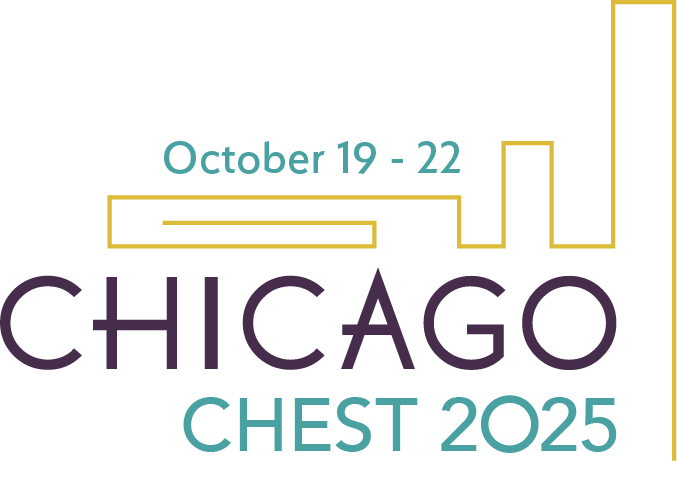The ongoing phase 3 TETON 1 and TETON 2 trials of inhaled treprostinil for idiopathic pulmonary fibrosis (IPF) may introduce the potential for combined systemic plus inhaled treatment. Results from TETON 2, which completed enrollment outside the United States in 2024, are expected later this year. TETON 1, conducted with a North American cohort, completed enrollment earlier this year, with top-line results expected in 2026.

“There are only two drugs approved for IPF, both of which are administered orally and make their way to the lungs through pulmonary circulation,” said Steven Nathan, MD, Medical Director, Advanced Lung Disease and Lung Transplant Program at Inova Fairfax Hospital.
“We don’t know where in the lungs these agents are depositing and how much makes its way to the actionable areas. Giving an inhaled drug is attractive because you’re delivering the drug via a different route. With deposition that is geographically distinct, and together with an oral agent, we could optimize drug delivery to more areas of the lungs. It makes intuitive sense to complement a systematically administered drug with an agent administered via the inhaled route.”
The TETON program in IPF and progressive pulmonary fibrosis (PPF) emanated from the positive INCREASE study of inhaled treprostinil for pulmonary hypertension associated with interstitial lung disease (PH-ILD). An ad hoc safety analysis found that treprostinil significantly improved predicted FVC overall.1 A subgroup of patients with IPF showed the greatest placebo-corrected improvement in FVC—2.5% at week eight (P = 0.038) and 3.5% at week 16 (P = .015).1
“There was a strong signal that treprostinil, in addition to treating PH, could have direct antifibrotic properties,” Dr. Nathan said. “This is the premise of the TETON program: specifically, to evaluate this potential antifibrotic property in a broader group of [patients with IPF].”
Treprostinil was first approved by the US Food and Drug Administration in 2009 for pulmonary arterial hypertension and then, later in 2021, for PH-ILD. Dr. Nathan said working with an already approved agent helped accelerate the IPF trials. An open-label extension of INCREASE showed that the FVC benefit extended to at least 64 weeks.
The double-blinded, placebo-controlled TETON program is intended to explore the impact of inhaled treprostinil in FVC over 52 weeks.
TETON 1 enrolled 598 patients with IPF at multiple centers in the United States and Canada. Enrollment was completed in January 2025. Because all patients must be followed for at least 52 weeks, initial results are expected during the first half of 2026.
TETON 2 enrolled 597 patients with IPF at multiple centers in Asia-Pacific, Europe, and Latin America. Enrollment was completed in July 2024, and initial results should be released later this year.
TETON-PPF has an enrollment target of 698 patients with a diagnosis of PPF other than IPF. The trial is still open for enrollment.
Patients in all three TETON trials who complete the first 52 weeks are eligible for an open-label extension.
“What is especially attractive about TETON is that an inhaled therapy is very different to the currently available therapies,” Dr. Nathan said. “Inhalation represents a novel approach for ILD and a different way of attacking the disease. I frame this as the oral agents allow us to attack the disease from the rear while an inhaled agent, or agents, allows us to attack the disease from the front.”
References
1. Nathan SD, Waxman A, Rajagopal S, et al. Inhaled treprostinil and forced vital capacity in patients with interstitial lung disease and associated pulmonary hypertension: a post-hoc analysis of the INCREASE study. Lancet Respir Med. 2021;9(11):1266-1274. doi:10.1016/S2213-2600(21)00165-X
